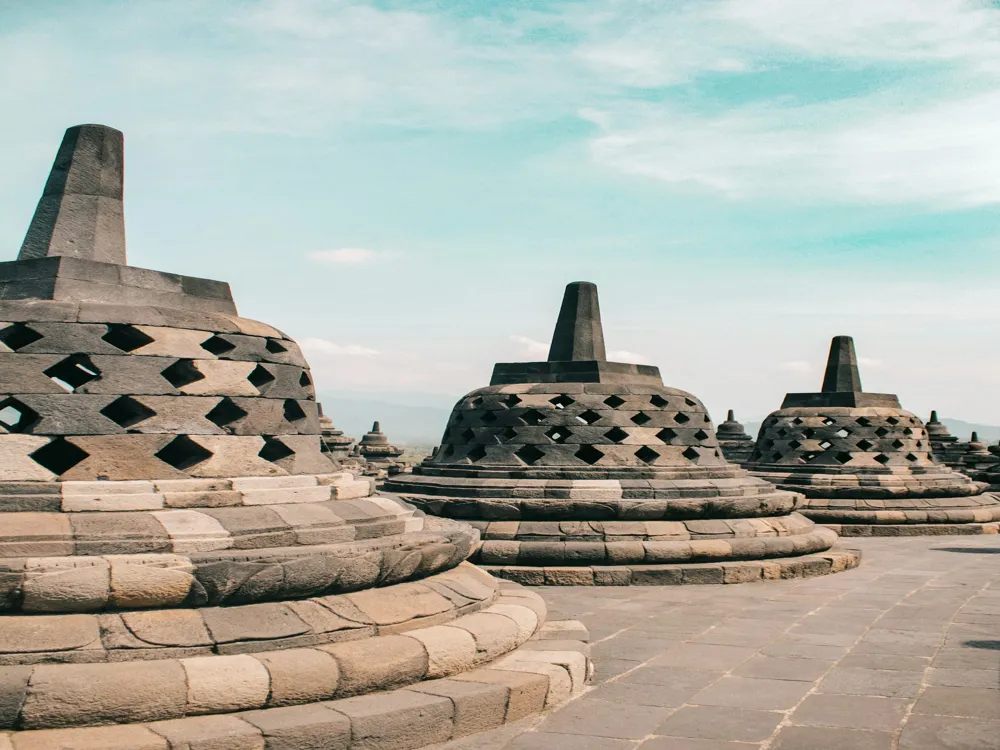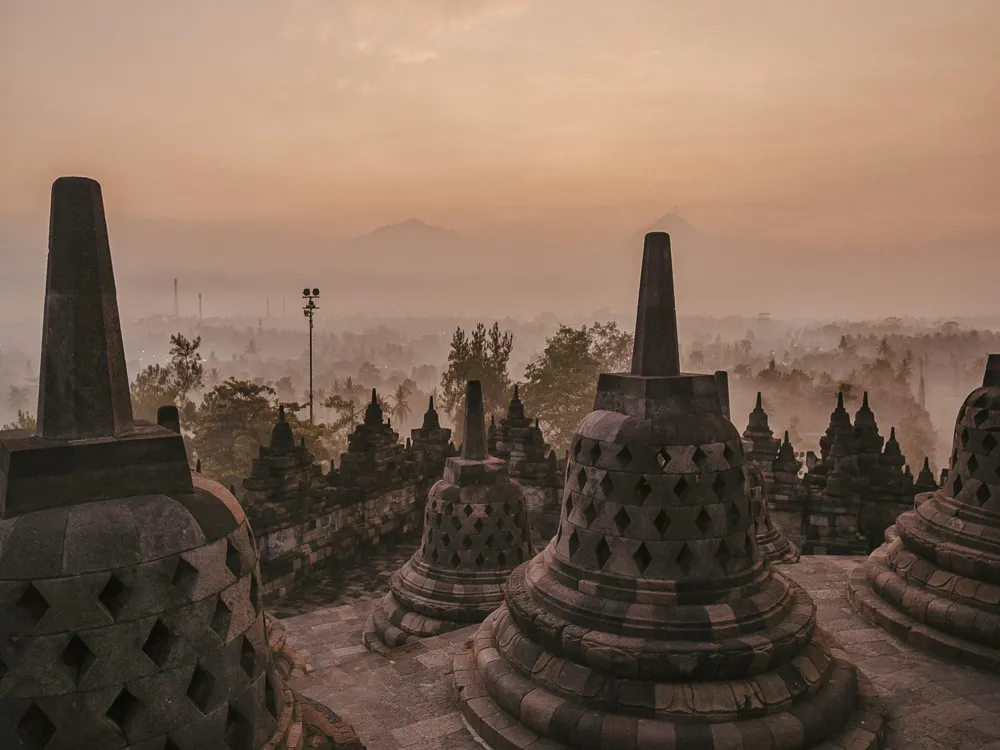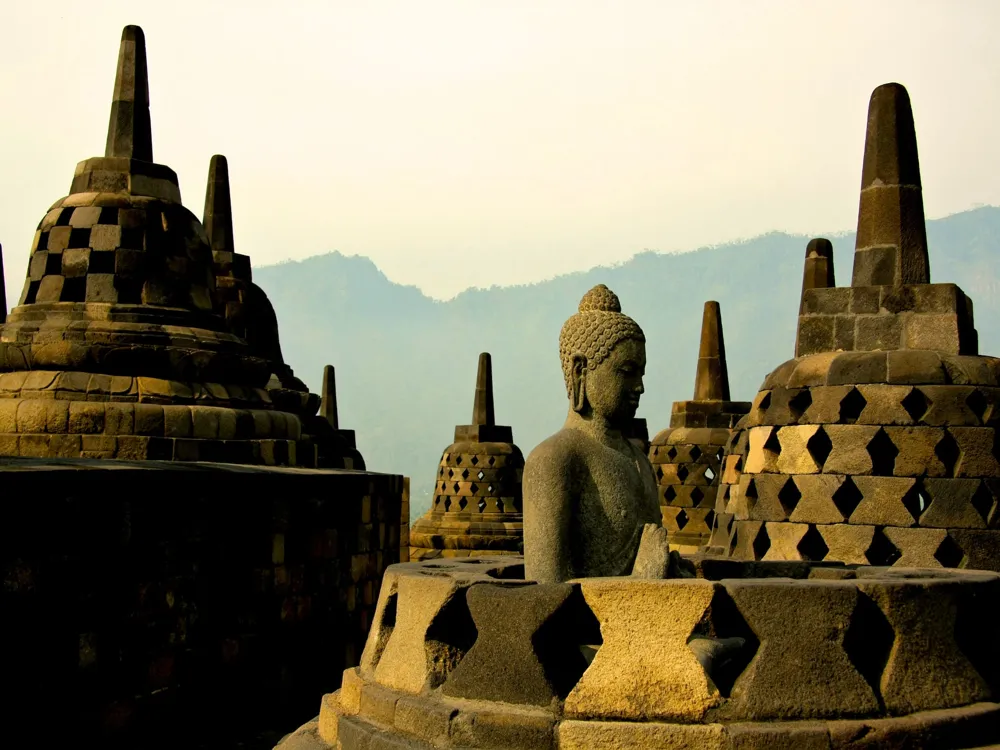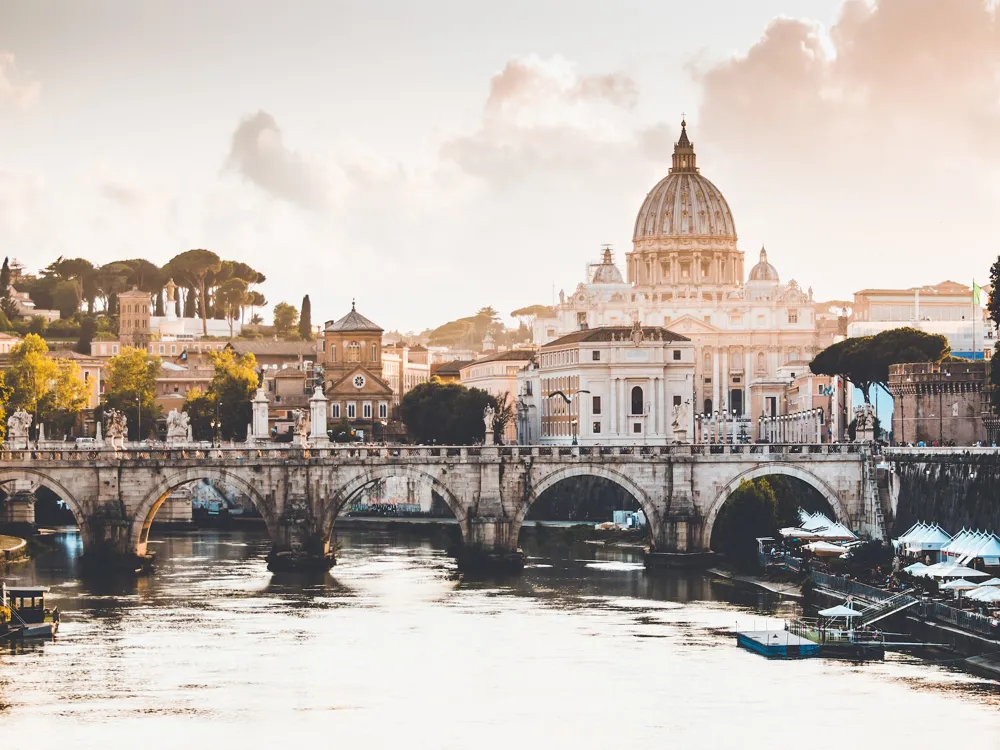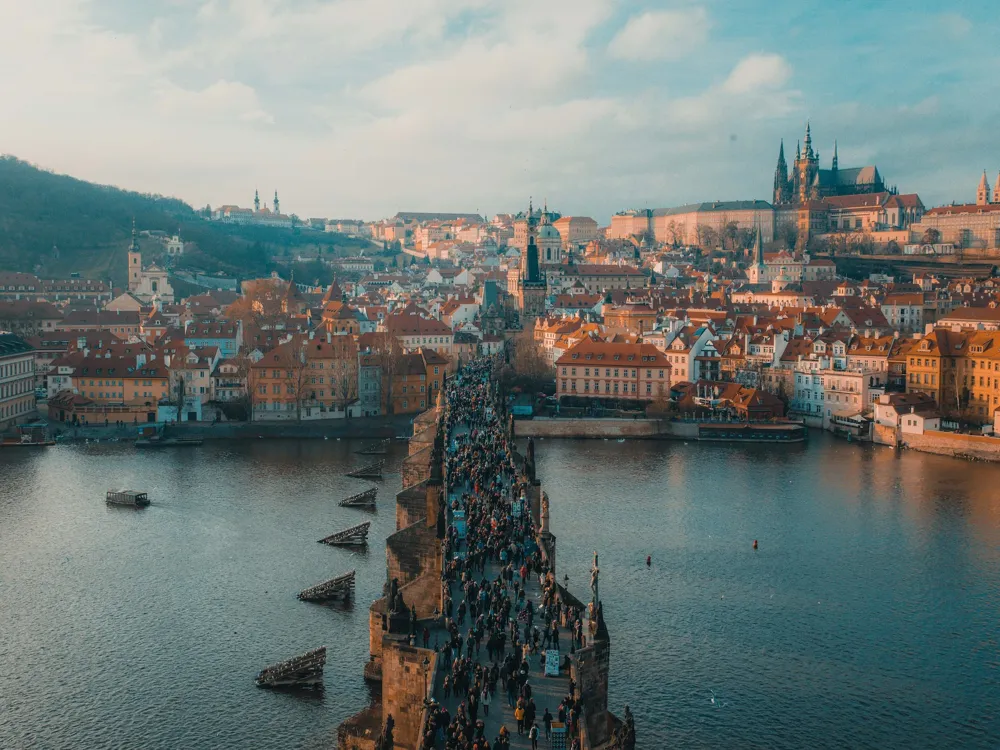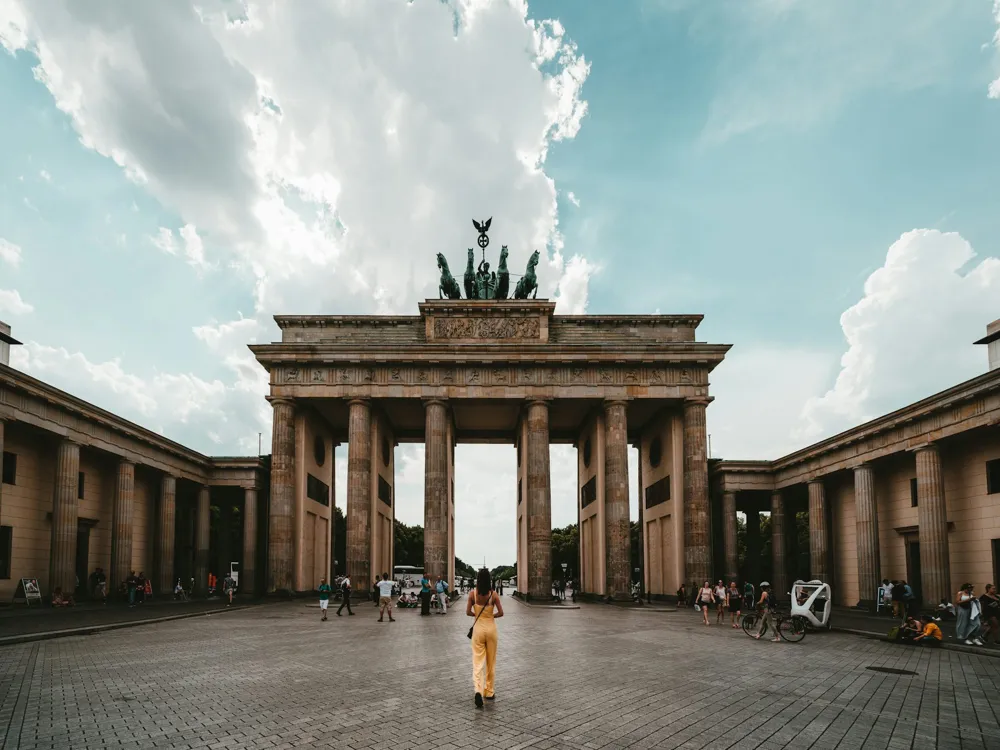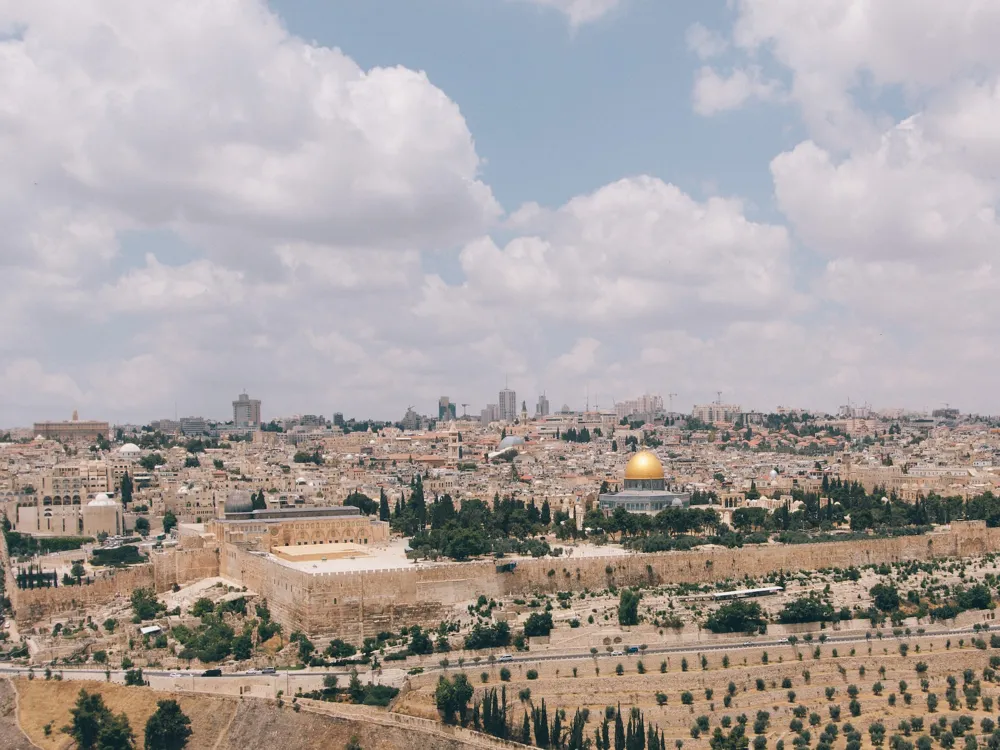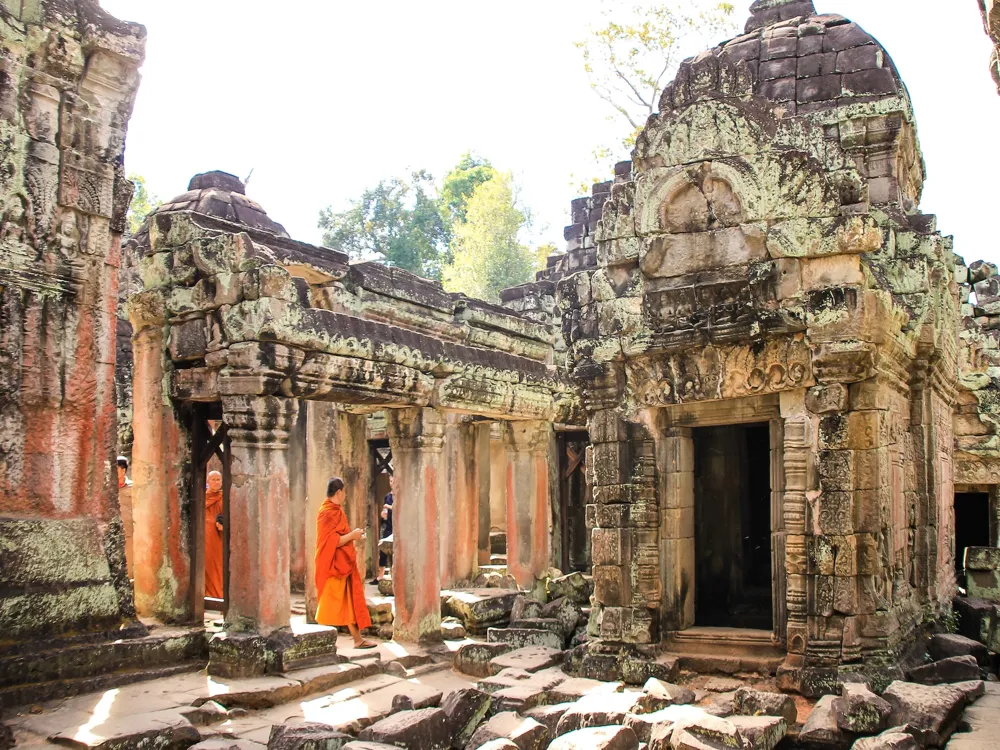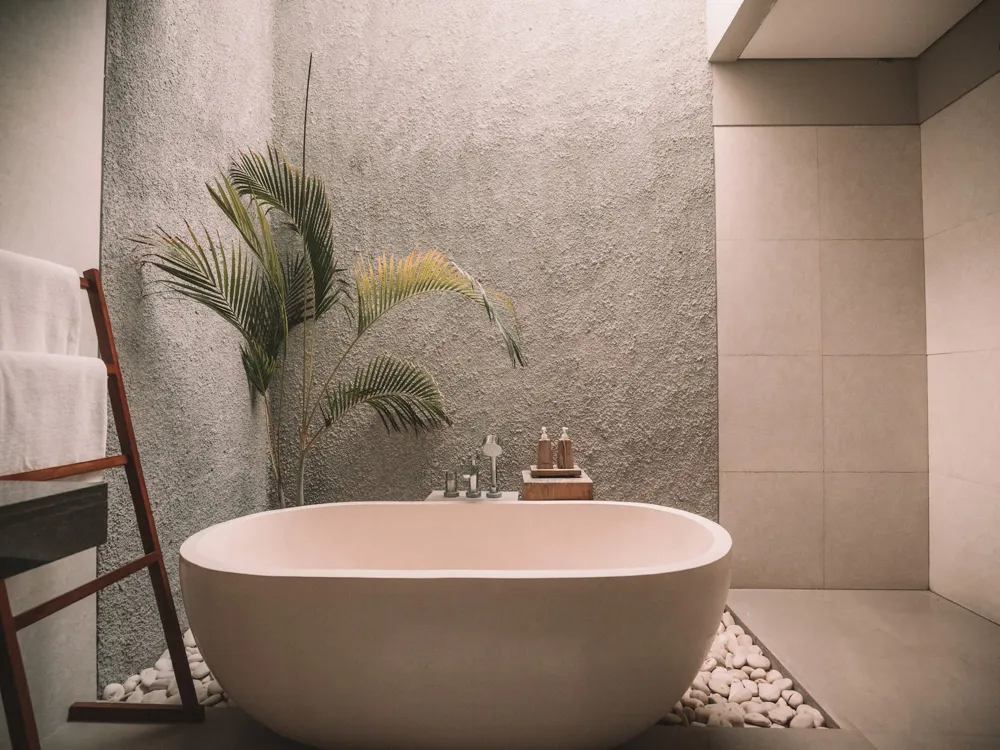Best Time to Visit Borobudur
Indonesia
7 out of 41 Places to visit in IndonesiaNaN onwards View Packages
Get Customized PackagesThe Land of Diversity
Top Hotel Collections

Private Pool

Luxury Hotels

5-Star Hotels

Pet Friendly
What is the Best Time to Visit Borobudur?
Borobudur, a UNESCO World Heritage Site in Indonesia, is a magnificent Buddhist temple attracting visitors from around the globe. Choosing the right time to visit is crucial for an unforgettable experience.
More about the Best Time to Travel to Borobudur
Travel Peak Season in Borobudur
Borobudur experiences a peak season, drawing crowds eager to explore its rich history and architectural wonders. From June to August, the site is bustling with tourists seeking clear skies and optimal conditions for sightseeing.
Travel Offseason in Borobudur
For those who prefer a more serene experience, the offseason is from January to March. During this period, Borobudur is less crowded, allowing visitors to appreciate the tranquility and spirituality of the temple without the hustle and bustle.
Borobudur Travel Packages
View All Packages For Borobudur
Borobudur Weather in Winter (November – February)
Borobudur Weather in November
November marks the beginning of the winter season, offering pleasant temperatures and a slight decrease in humidity. It's an ideal time to explore Borobudur with minimal rainfall.
Borobudur Weather in December
December continues the favorable conditions, providing a comfortable climate for outdoor activities. The crisp air enhances the breathtaking views of the temple and its surroundings.
Borobudur Weather in January
January maintains the winter charm, making it suitable for a peaceful visit. The cooler temperatures ensure a delightful experience, especially during early morning or late afternoon visits.
Borobudur Weather in February
February marks the end of winter, with slightly warmer temperatures. It's an excellent time for travelers who enjoy milder weather and wish to avoid the summer crowds.
Borobudur Weather in Summers (March to June)
Borobudur Weather in March
As spring approaches, March brings a gradual increase in temperatures. It's an ideal time for those who appreciate a warmer climate without the intensity of the summer heat.
Borobudur Weather in April
April offers a balance between warmth and comfort, making it a favored month for outdoor exploration. The lush greenery surrounding Borobudur adds to the visual splendor.
Borobudur Weather in May
May signifies the onset of summer, with pleasantly warm weather. The vibrant landscapes and clear skies create a picturesque backdrop for visitors.
Borobudur Weather in June
June marks the beginning of the peak season, characterized by warm temperatures and increased humidity. It's perfect for those who enjoy a tropical climate and vibrant surroundings.
Borobudur Weather in Monsoon (July – October)
Borobudur Weather in July
July signals the start of the monsoon season, bringing occasional rain showers. Despite the rain, Borobudur retains its allure, with lush vegetation and a refreshing atmosphere.
Borobudur Weather in August
August continues the monsoon season, offering a unique experience with intermittent rain. Visitors can witness the temple in a different light, surrounded by a natural spectacle.
Borobudur Weather in September
September marks the transition from monsoon to a drier period. The landscape begins to transform, providing visitors with a diverse range of scenic beauty.
Borobudur Weather in October
October signifies the end of the monsoon season, with drier conditions returning. It's an excellent time to visit as the temple complex recovers its vibrancy.
Conclusion
Choosing the best time to visit Borobudur depends on individual preferences. Whether seeking a lively atmosphere or a more secluded encounter with this cultural gem, Borobudur promises a memorable journey through time and spirituality.
Places To Visit In Borobudur
Nearby Places Borobudur
Borobudur Photos
View All Photos For BorobudurBrowse Package Collections
Browse Hotel Collections
Faq
1. When is the best time to visit Borobudur?
The optimal time to visit Borobudur is during the dry season, which typically falls between May and October. During these months, you can enjoy clear skies and pleasant weather, enhancing your overall experience.
2. What is the weather like at Borobudur during the dry season?
The dry season brings warm temperatures and minimal rainfall, creating comfortable conditions for exploring Borobudur and its surroundings. Daytime temperatures range from 25°C to 30°C (77°F to 86°F).
3. Are there any specific months to avoid visiting Borobudur?
It's advisable to avoid the rainy season, which occurs from November to April, as heavy rainfall may affect your visit. January and February are typically the wettest months.
4. Can I visit Borobudur during festivals or special events?
Yes, visiting during Buddhist festivals or special events can provide a unique cultural experience. Check the local calendar for events like Vesak, which is celebrated at Borobudur in May.
5. Are there peak tourist seasons at Borobudur?
Borobudur tends to be busier during the European and Australian holiday seasons (July and August) and during major Indonesian holidays. Consider visiting during weekdays for a less crowded experience.

